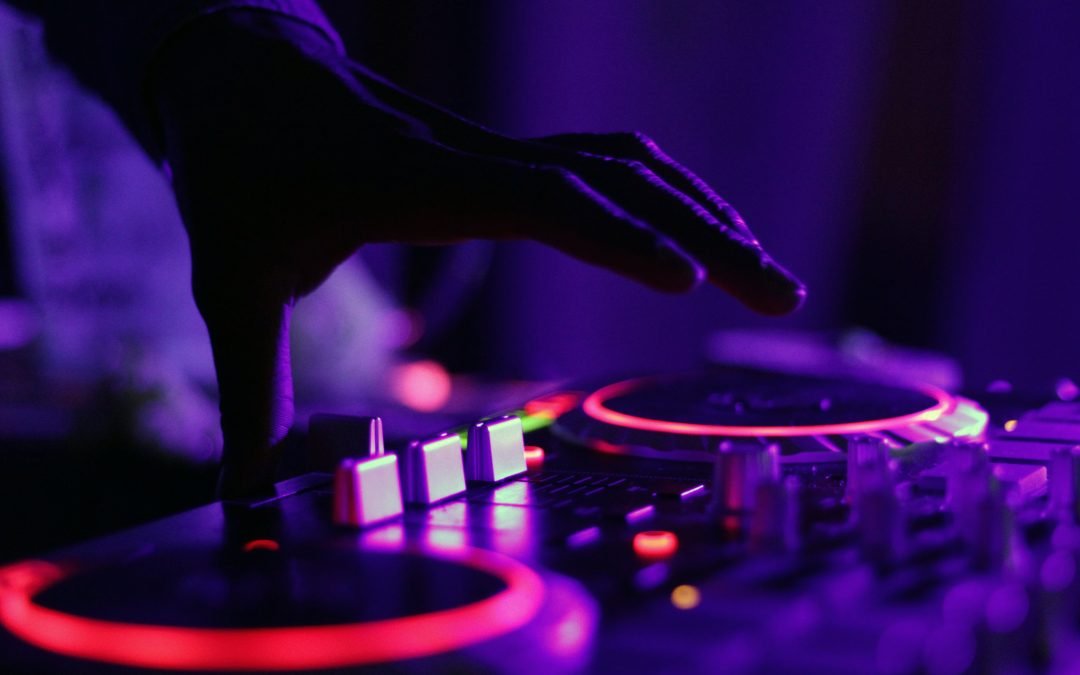There’s a misconception that deaf people don’t care about music or never think about music or never enjoy it. While you’re not going to see a deaf person with earbuds in their ears jamming out to Pearl Jam, the two things that are universal to every culture since the beginning of time are dance and music. The deaf and hearing impaired can enjoy music just as much as the hearing, through a variety of methods.
There are people who are legally deaf but can still hear certain vibrations. Music is felt on a fundamental level by everyone. It calls to a primal elemental level in all of us. (Although granted, some much more than others, as many professional and semi-professional musicians relate being passionately called to the music field by age five.) A deep bass sound at exactly the right resonance, tempo, and amplitude will resonate through the chest, and all music at high enough volume will shake the floor (and your Impala.)
Any object that vibrates will create a sound, but not all of it is music. (Ask the Jonas Brothers. Kidding.) There’s also a visual component to many pieces of music from a conductor’s baton to pyrotechnics, to music videos with production that rival major movies. (Taylor Swift anyone?)
One of the biggest ways the majority of the deaf and hearing-impaired enjoy music is through vibrations through the floor. If you go to a school dance or house party primarily for the deaf, you’ll see everyone enjoying music, jumping up and down, dancing their hearts out, just as much as any other club or party. But beware, if you have sensitive hearing, bring your earplugs, because the music will be loud.
It’s common for musicians, especially drummers and piano players to lose part or all of their hearing, especially the higher notes. Losing part or all of their hearing doesn’t stop them from playing or composing. Among the many famous musicians and composers who lost some of all or their hearing is Neil Young (Crosby, Stills, Nash, and Young), Eric Clapton, Brian Wilson (Beach Boys) Phil Collins (Genesis), Ike Turner, Pete Townshend, Chris Martin (Coldplay), Huey Lewis, and Ozzy Osborne. Ludwig Van Beethoven famously cut the legs off his piano and put the body of his piano on the floor and laid down with it so he could feel the vibrations and keep composing.
Golden Buzzer winner Mandy Harvey charmed the world and brought many people to tears with her simple hit song “Try” on America’s Got Talent, years after completely losing her hearing.
Deaf artist Sean Forbes combines a deep bass drum thump with his almost rap-style spoken lyrics and upbeat messages. He signs while singing, giving an extra layer of interest for everyone. Forbes is a testament to everyone who said nothing is going to hold me back.
Check out one of his videos here:
Profoundly deaf Academy Award-winning actress Marlee Matlin competed on Dancing With The Stars!!!! She had to do every classic from Mambo to Cha-Cha in perfect time with the music, conveying emotion to millions.
Hearing people don’t think about the connection between music and the deaf if they think about the deaf community at all. However, music has been proven to have benefits ranging from improving kids’ scores at math, instantly improving mood, encouraging people to connect with touch and flooding endorphins at a rage.
There are hearing impaired kids who take music lessons, join quartets and rely on visual cues to make sure they keep in sync, follow music stars on social media, love to dance, and learn about music history.
Each brain is unique. Every person, deaf, hearing impaired, or sensitive hearing with extraordinary range, has their own relationship with the rhythms of the universe.

Recent Comments